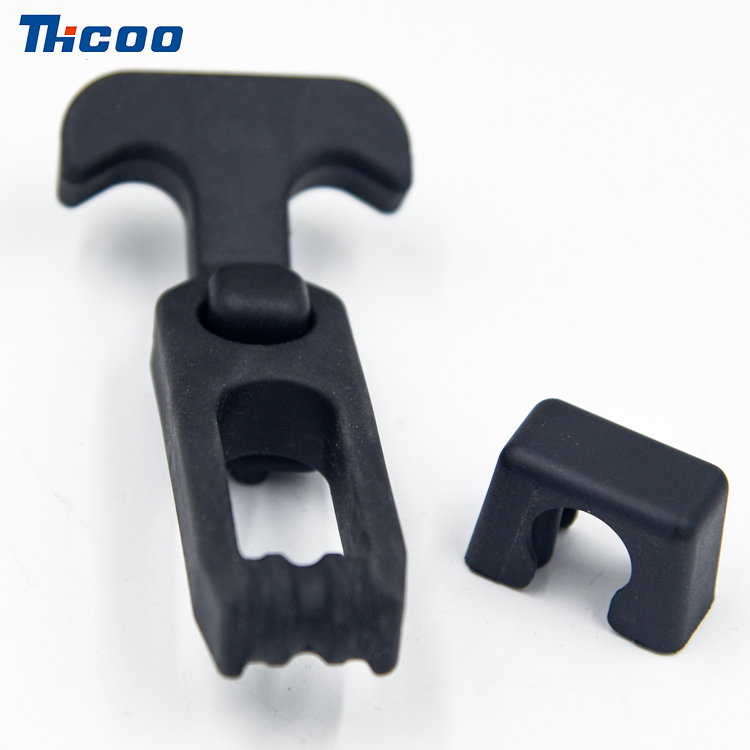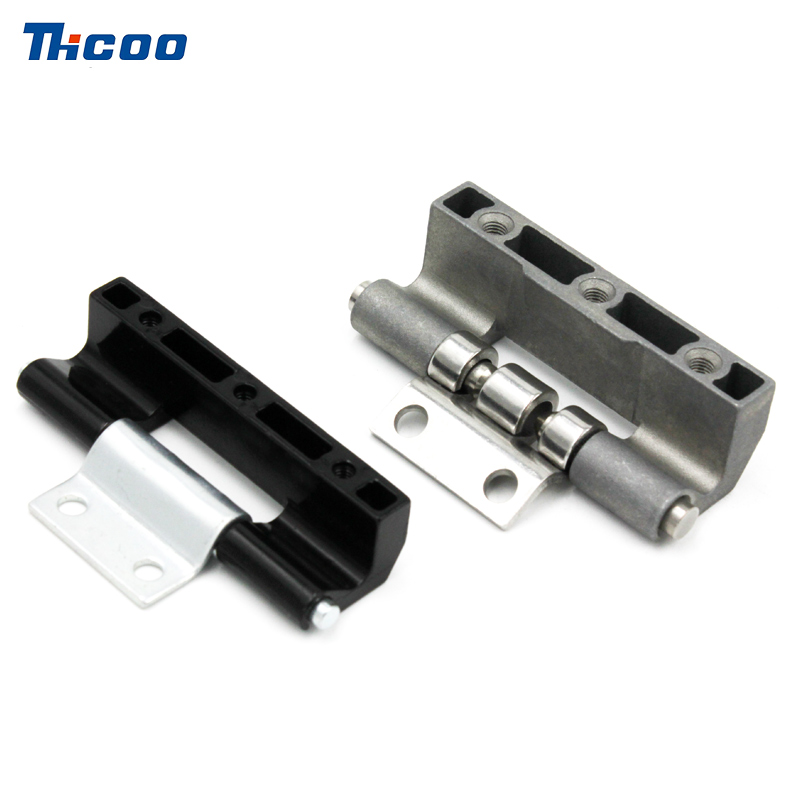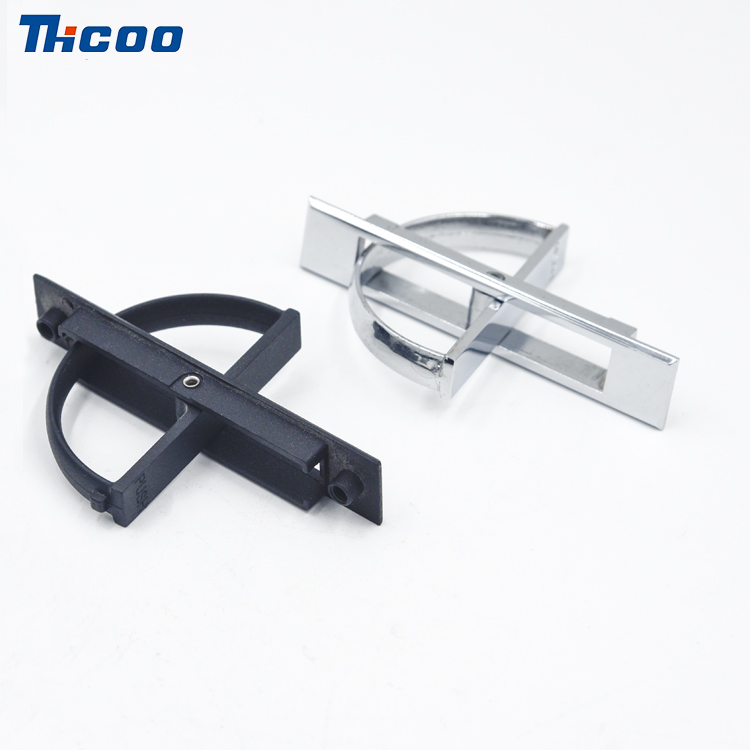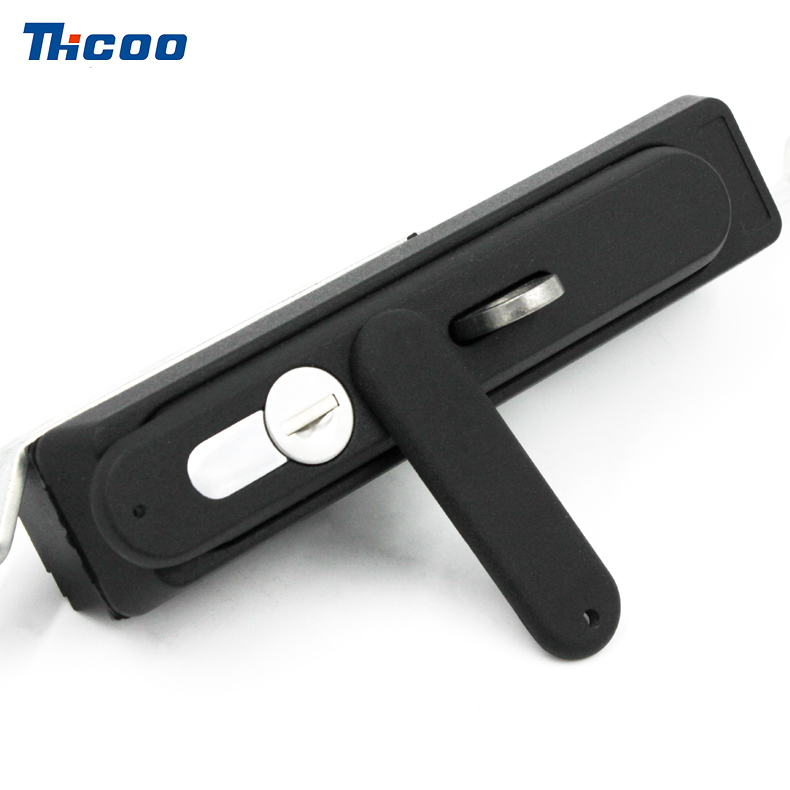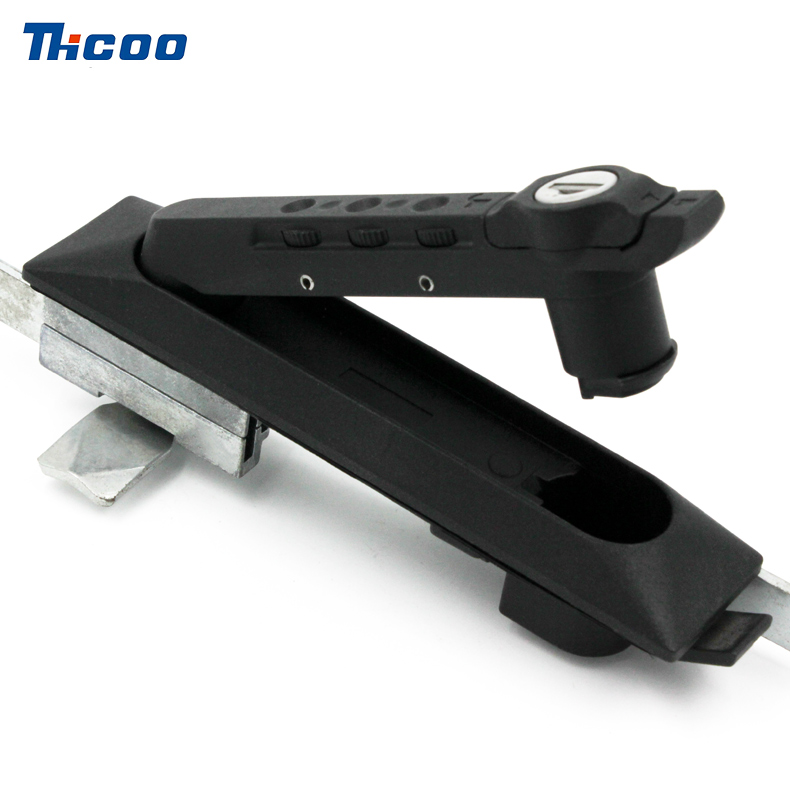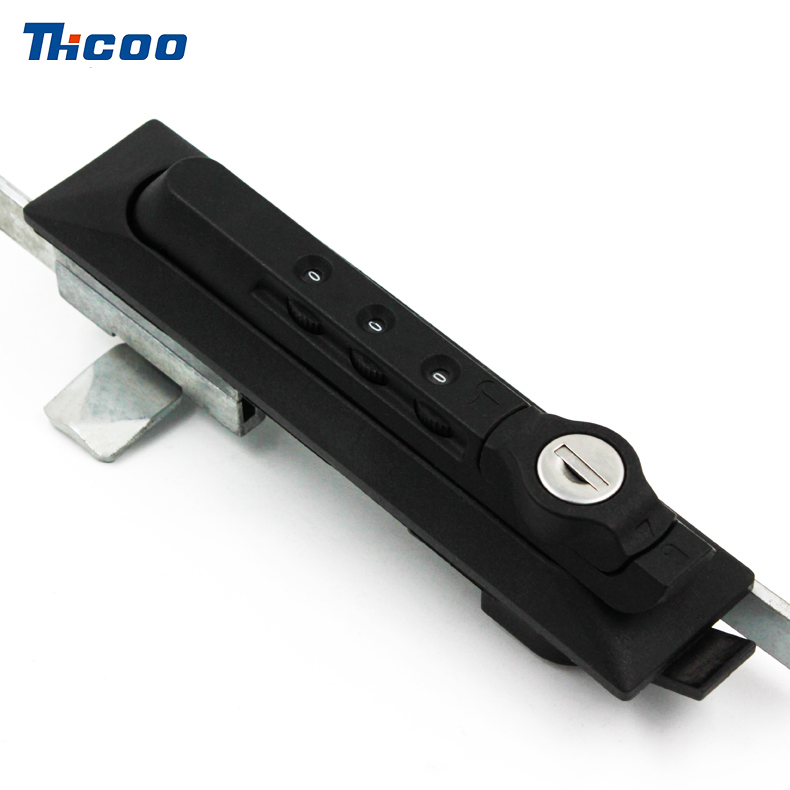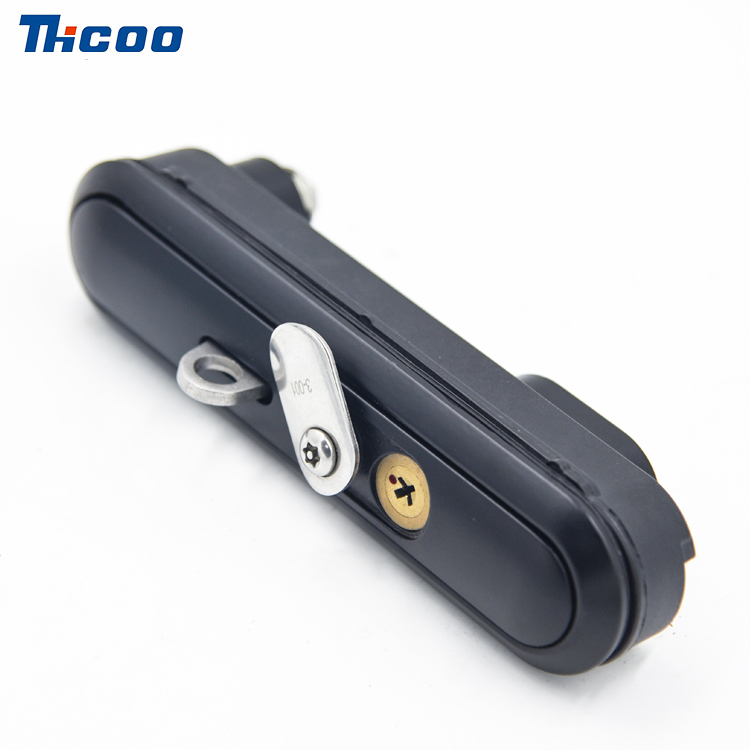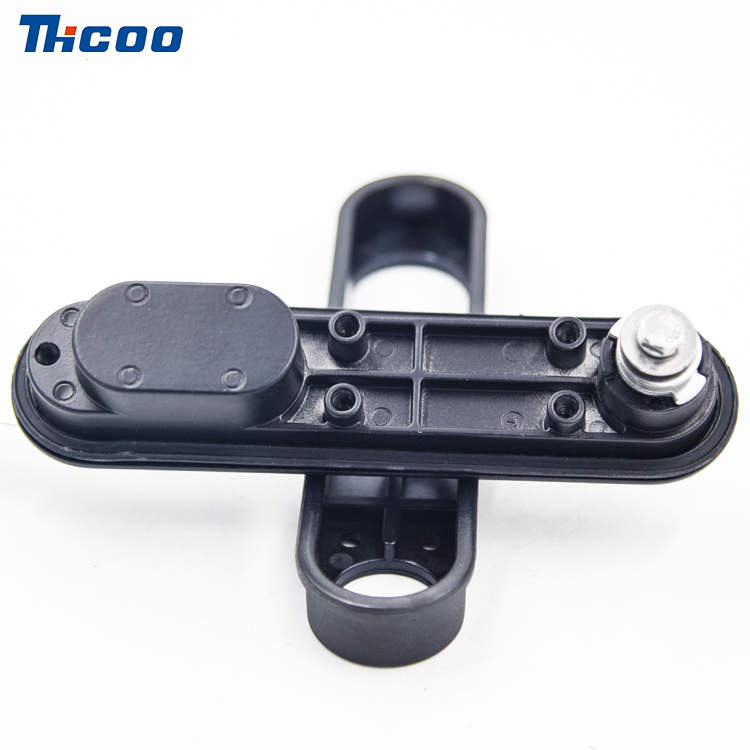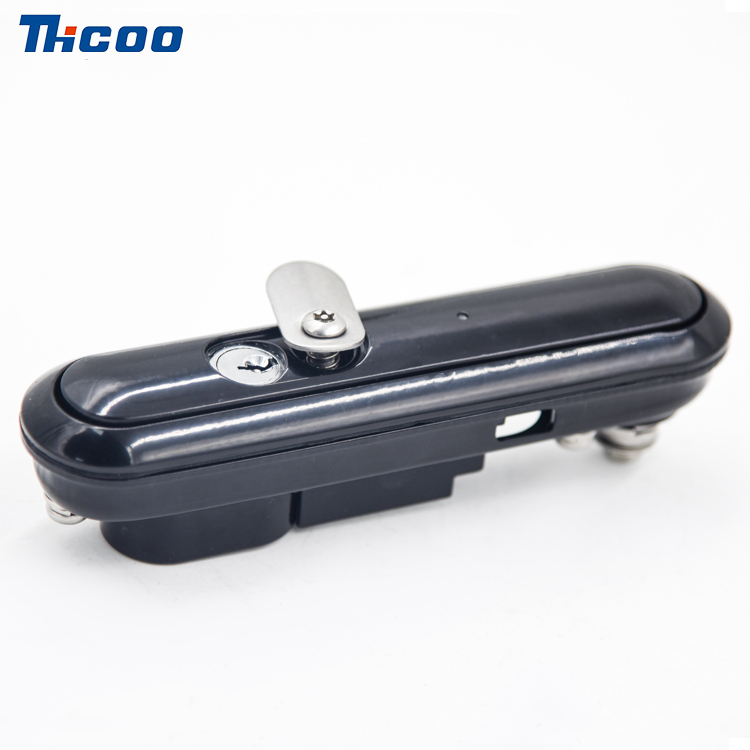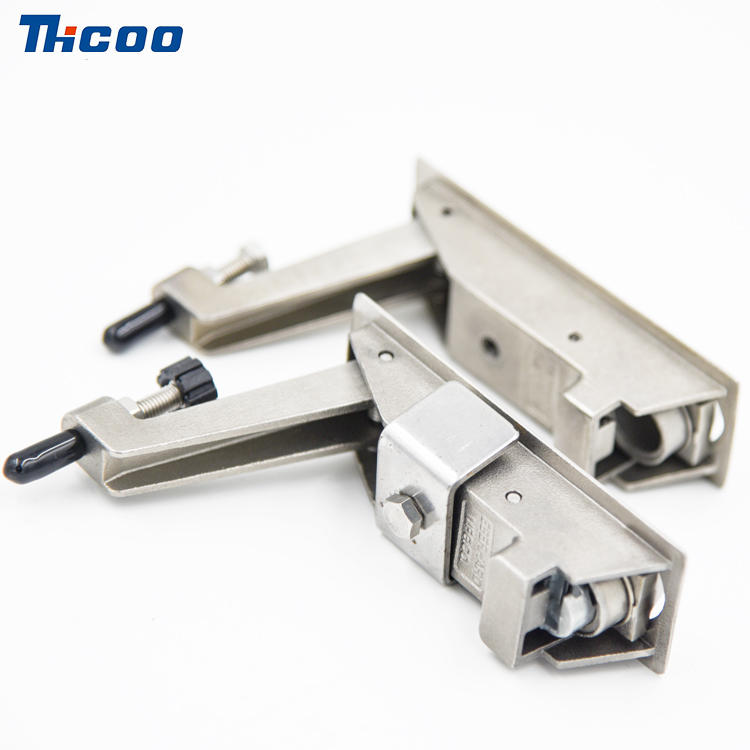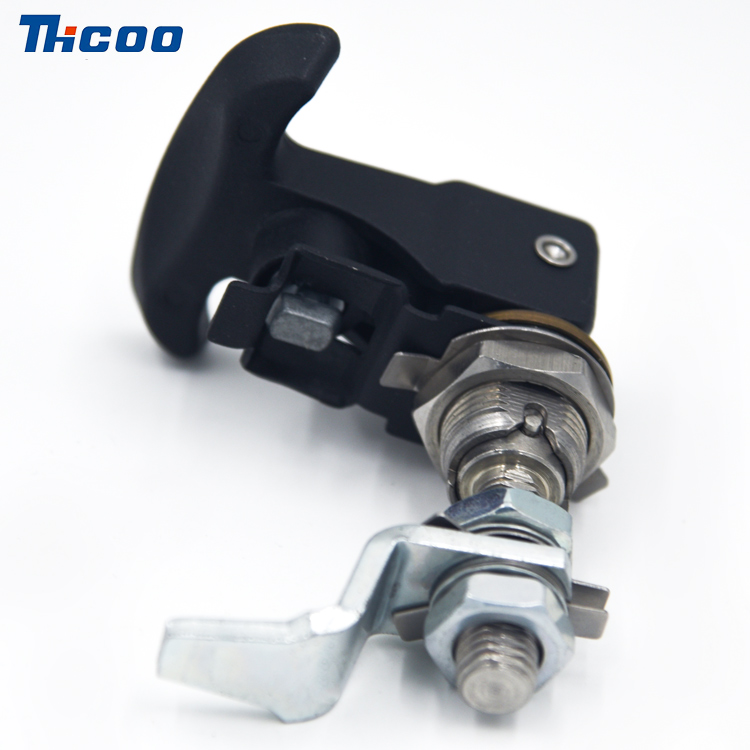The door hinge can achieve silent closing function through specific design. The following is an introduction to the key points for achieving silent door closing:
1. Buffer hinge (buffer integrated)
Buffer hinges usually have damping mechanisms inside, which can gradually slow down the door closing speed when the door is closed, avoiding violent collisions between the door panel and the door frame, thereby achieving silent door closing. This type of hinge is commonly found on cabinet doors and interior doors.
2. Use software to shut down the system
Some high-end door hinges are equipped with soft close devices, which embed hydraulic or pneumatic buffering structures inside the hinges to control the speed and force of the door when it is about to close in the last few centimeters, achieving a gentle and quiet closure.
3. Select high-quality materials and precision structures
Silent hinges often use high-quality bearings, stainless steel or copper materials, coupled with precision machining processes, to reduce friction noise between metals. The contact surface between hinges is usually smooth and tightly fitted, effectively reducing the metallic noise emitted during use.
4. Add lubrication or silent gaskets
Some hinges use lubricating oil or rubber gaskets in combination to further reduce noise. Lubricants can alleviate metal friction, while gaskets can absorb some impact force, which helps to close doors quietly.
5. Reasonable installation location and quantity
The mute effect is also related to the position and quantity of hinge installation. If the hinge is not installed properly, even the buffer hinge may produce abnormal noise during the closing process. It is usually recommended to choose 2-4 hinges reasonably based on the weight and size of the door, and ensure that they are installed firmly.

 English
English Deutsch
Deutsch 简体中文
简体中文 languages
languages 

